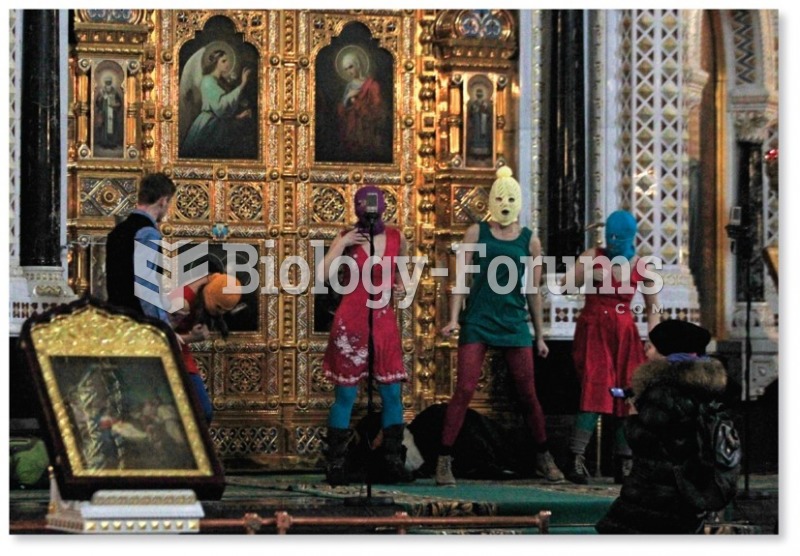|
|
|
The heart is located in the center of the chest, with part of it tipped slightly so that it taps against the left side of the chest.
There are more nerve cells in one human brain than there are stars in the Milky Way.
The human body's pharmacokinetics are quite varied. Our hair holds onto drugs longer than our urine, blood, or saliva. For example, alcohol can be detected in the hair for up to 90 days after it was consumed. The same is true for marijuana, cocaine, ecstasy, heroin, methamphetamine, and nicotine.
According to the Migraine Research Foundation, migraines are the third most prevalent illness in the world. Women are most affected (18%), followed by children of both sexes (10%), and men (6%).
Normal urine is sterile. It contains fluids, salts, and waste products. It is free of bacteria, viruses, and fungi.
 A mini clamp-on digital multimeter can be used to measure alternator output and unwanted AC current ...
A mini clamp-on digital multimeter can be used to measure alternator output and unwanted AC current ...
 If the pump is not running, check the wiring and current flow before going through the process of ...
If the pump is not running, check the wiring and current flow before going through the process of ...





